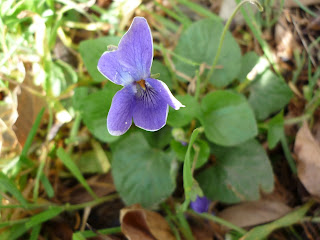




Françoise and I went to the UK Herbfest this year near Worcester. It was held on an ecological conference site run by a voluntary organisation called Green and away. The programme was dense and exciting with speakers from all over the world. Among others, David Winston, American herbalist talked about herbs and depression, Rocio Alarcon, ethno-botanist from Ecuador spoke about using local plants in simple ways to combat stress, she also joined HSF on the spot, well done Rocio and John Lockly from South Africa did some workshops based on his understanding of Shamanic practises. The food was vegetarian, pity we had to eat on our knees on benches, might have been more convivial to have had some tables.......but that is coming from French herbalists where food and eating are sacré! Francoise did an early morning chi-qong class and I did a late evening sweat lodge, we had the chance to listen to a great local band with folk/Indian influences 'Dragonsfly' . The bar and conference venues where all in large round tents or yurts, which really resonated well with subject of medicinal plants. On the Sunday afternoon we went on a herb walk with Christine Herbert, David Winston and Julie Bruton-Seal, which was very interesting but made us all the more determined to offer botany/medicinal plant courses in the Alps to UK herbalists in order to share France's rich flora. We made great connections with many of our fellow herbalists and this sharing and exchanging felt really important for the future.
We will definetly return next year.

































 Tiny bush growing on altiplano, Bolivia.
Tiny bush growing on altiplano, Bolivia.











